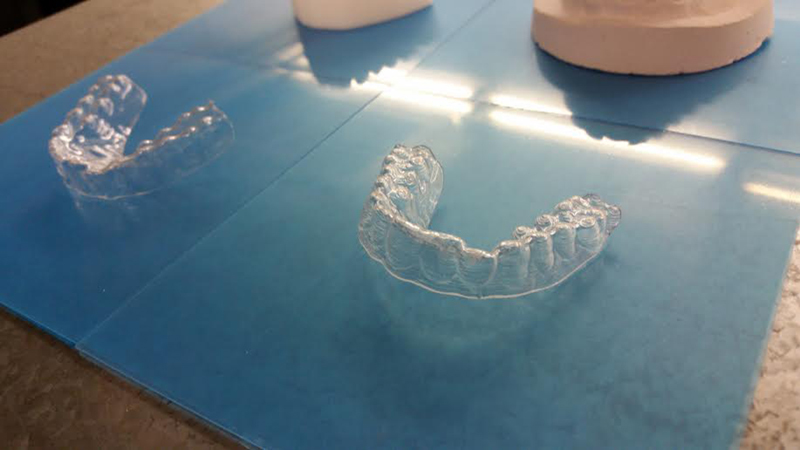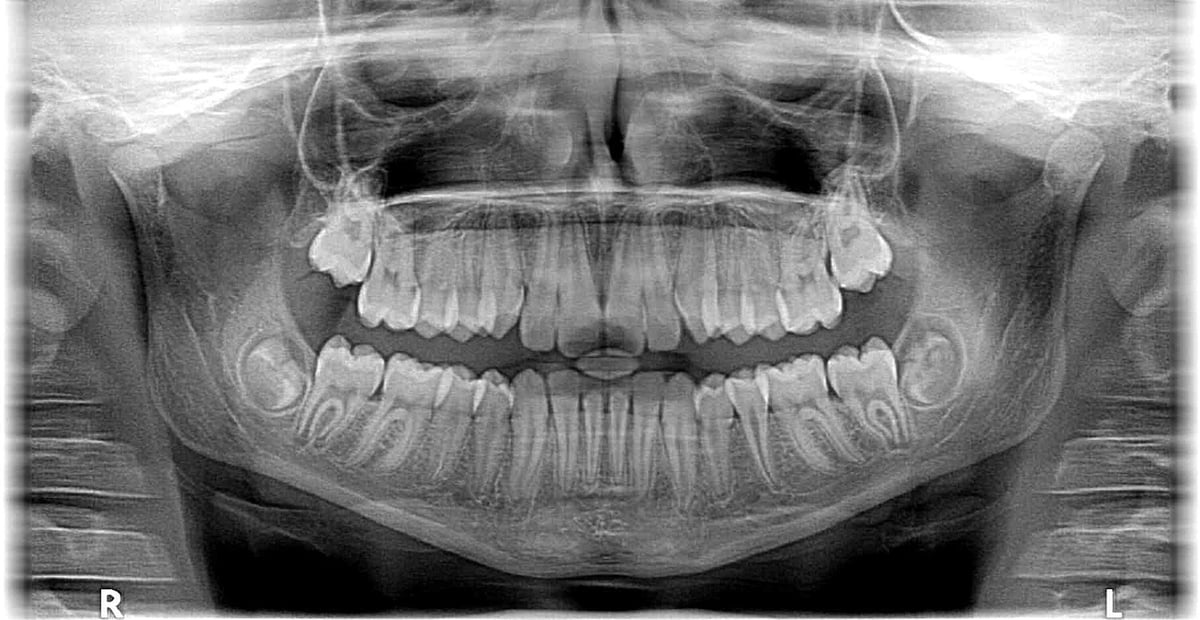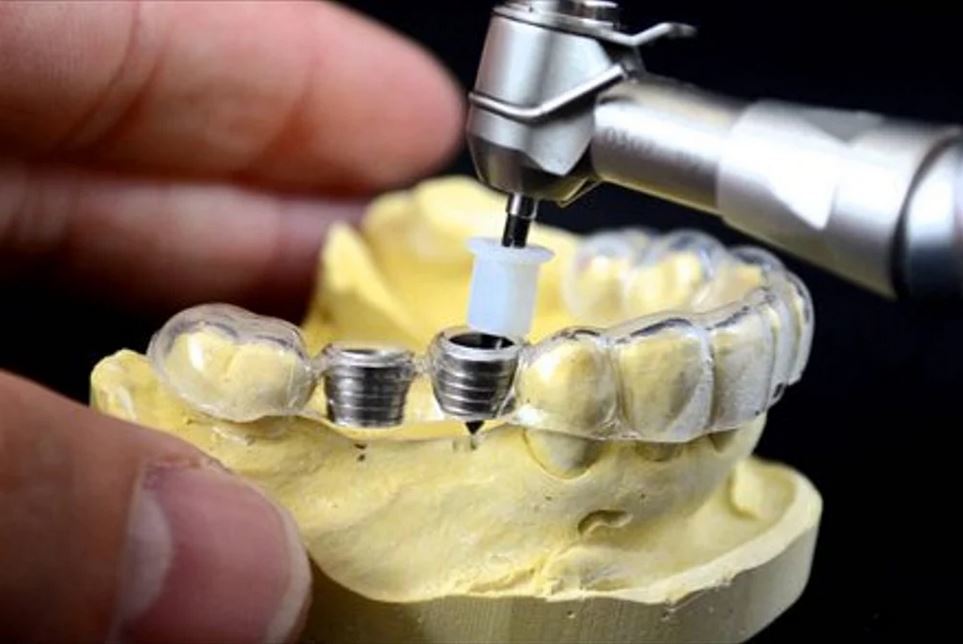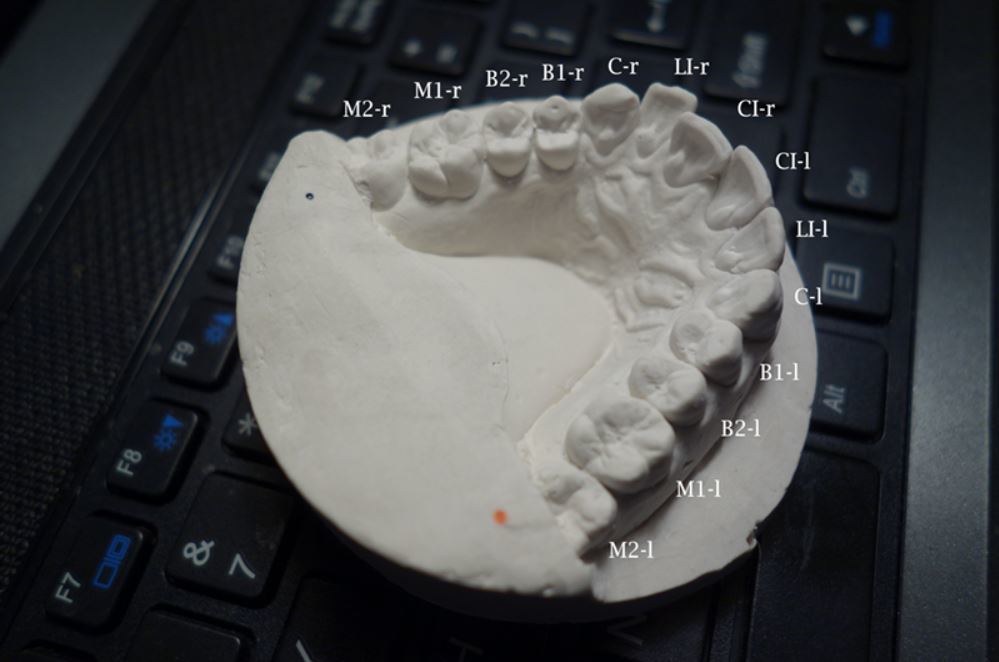Realignment Is Expensive

It’s easy to spot irregularities in what would otherwise be uniform, and this applies to teeth just like anything else. Crooked teeth can be a source of aesthetic frustration for many, but this condition can also pose a health risk. After all, it’s not rare to experience other dental problems as a result of crooked teeth.
Yet, realigning teeth is no simple endeavor and usually represents a hefty investment: Depending on where you live, such a treatment can cost between $400 and $8,000.
In an attempt to address this issue, some hobbyists have already come up with ways to use 3D printing to significantly cut this cost. But since the point of these projects is to slowly alter the bone structure of the human skull, dental professionals are slightly worried.
Here are the details on 3D printing braces.
Background: From Professional to Direct-to-Customer

Orthodontics, the special field of dentistry that deals with misaligned teeth, has been using braces for decades. The field had a major breakthrough in the 90s when clear plastic teeth aligners were invented. They were less noticeable and even temporarily removable. Yet, this level of comfort came at a somewhat reduced functionality: While retainers will rotate and tip moderately misaligned teeth, braces are still the only option for patients who need more complex realignment.
Recently, several direct-to-consumer 3D printed dental solutions have started offering these plastic aligners, and in some cases, customers simply have to have their teeth scanned to receive theirs.
DIY Projects and Hurdles
The first DIY project to get into the spotlight was done by a student who had a slightly tipped tooth and no cash to go to the dentist. Amos Dudley, who attended the New Jersey Institution of Technology, documented his process in his blog. Although he claims he was successful, he does not recommend anyone follow his example without professional help.
And indeed, professional medical supervision is the part of the process that many of these direct-to-consumer companies discard in order to cut the price tag of teeth realignment. A traditional treatment consists of frequent visits to the dentist before, during, and after wearing the braces or aligners. With some newer companies offering to ship aligners shortly after scanning the teeth, it’s possible to go through the process with minimal chances for professionals to spot any potential complications. Or, in the case of DIY projects, one could avoid seeing a dentist entirely.
The original development of the clear plastic aligner was done by Zia Christi, who founded Align Technologies and started selling his invention under the name InvisAlign. At first, doctors used dental impressions, which were then sent to the manufacturer to produce the aligners.
Greater Accessibility
InvisAlign, however, is sold exclusively to dentists, so you can only access it as part of a traditional treatment plan. The direct-to-consumer companies challenged this model, arguing that if people can buy glasses online, they should be able to buy teeth aligners online, as well. For example, a company called SmileDirectClub advertised itself as the solution to affordable care by eliminating the middlemen that mark up the cost.
The difference in price depends on the individual case and also varies greatly by geographic location. In the United States, a traditional treatment for a teen can easily be above $5,000, while one could order printed aligners from the internet for around $1,800. Considering that the DIY project of Amos Dudley cost him about $60, it’s understandable why people are still interested in the alternatives 3D printing might provide.
But At What Cost?

Orthodontists have warned consumers eyeing cheaper options that there’s a lot more to this kind of treatment than just making a plastic retainer and regularly wearing it. As teeth have large parts that are not visible, moving them around can be much more difficult than it looks.
During traditional treatment, several X-rays might be taken to make sure that the teeth don’t collide with each other as they are being repositioned. Professionals also spend a great deal of effort planning the outcome, including aspects like the bite, the smile, and how the teeth will look as their owners age.
Unfortunately, improper treatment or overlooked dental issues may come at a steep price. It’s not rare that, once the damage is done, people end up at the dentist after all. At this point, the damage can sometimes be irreparable and may even lead to loss of teeth or gum.
3D Printing Can Help

This doesn’t mean that 3D printers have no place in the industry. The technology can significantly improve the work of orthodontists and can also help them in reducing costs to ultimately offer better deals to their customers. 3D printers in the dentist’s office can help customers see what they’re getting at the end of the process, and they also reduce the production time of aligners from several days to mere hours.
Additive manufacturing has a lot to offer in other fields within dentistry, too. Surgical guides, crowns, and models to improve the precision of treatment are just some of the applications where the technology is already being used. Check out our in-depth article on dental printing if you want to know more.
In addition to the current uses of 3D printing, we introduce the industry leaders and possible new applications. As dentistry is among the industries that went through one of the most profound developments thanks to 3D printing, it’s a great demonstration of how useful this technology could be. Would you like bacteria-resistant dental implants or be ability to floss all your teeth at once? The solution might come 3D printed.
Final Thoughts

As with teeth themselves, every case is unique. Some people can access simple care that would otherwise be out of their means thanks to 3D printing. Still, if you’re considering a lower-cost solution, always consult professionals and take the necessary precautions before moving teeth around.
Orthodontics with 3D printing is a complicated combination that requires many years of training to master. Attempting to fix your own teeth is likely to cause more problems than it solves, so you really shouldn’t try it as your next DIY project. Thinking of how bad a common toothache can be, one shudders to imagine the consequences of wrongly-altered bone structure.
(Lead image source: SprintRay / YouTube)
